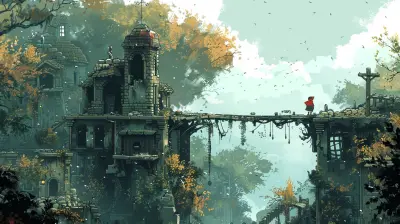Platformers That Changed the Indie Game Landscape Forever
10 June 2025
Indie platformers have always had a special kind of magic. They're scrappy, passionate, and often incredibly innovative, leaving us jaw-dropped with how much can be done with so little. Over the past couple of decades, a handful of these indie gems didn’t just deliver tight controls and clever level design—they shifted the entire gaming landscape. These were trailblazers, challenging the norms and showing the industry what small teams (or even solo devs) could truly accomplish.
So, grab your pixelated backpack and let’s take a deep dive into the platformers that changed the indie game scene forever. Spoiler alert: nostalgia levels may rise.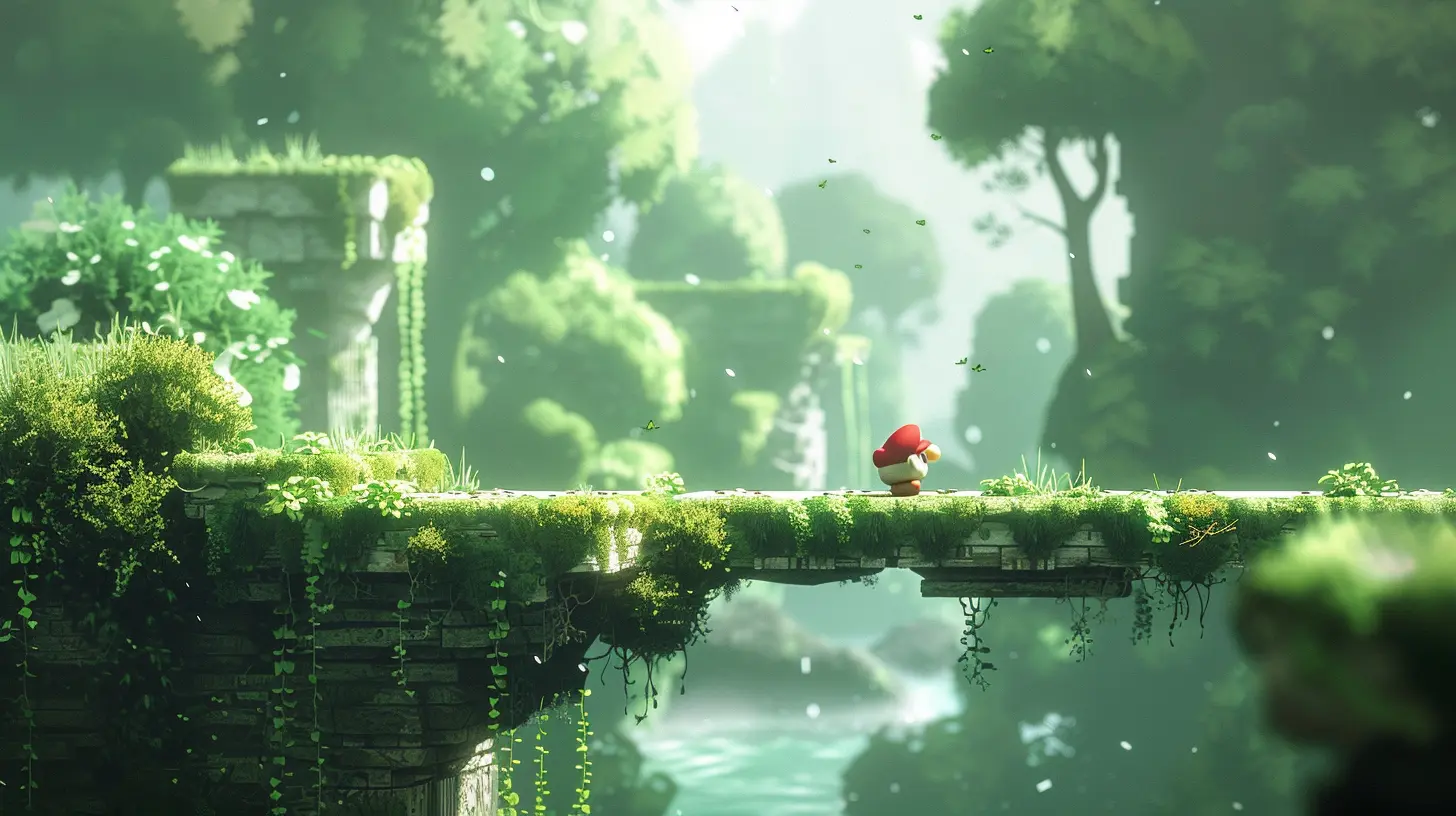
The Rise From the Underground: Why Platformers?
Before we get to the heavy-hitters, let’s set the scene. Why platformers? Why does this genre keep coming back, especially in the indie world?Simple. Platformers are accessible, both for players and developers. They often don’t require hyper-realistic graphics or complex mechanics—just tight controls, clever level design, and a banging soundtrack. This makes them the perfect playground for indie devs who might not have AAA resources, but definitely have AAA ideas.
Now, let’s look at the stars that lit the indie sky.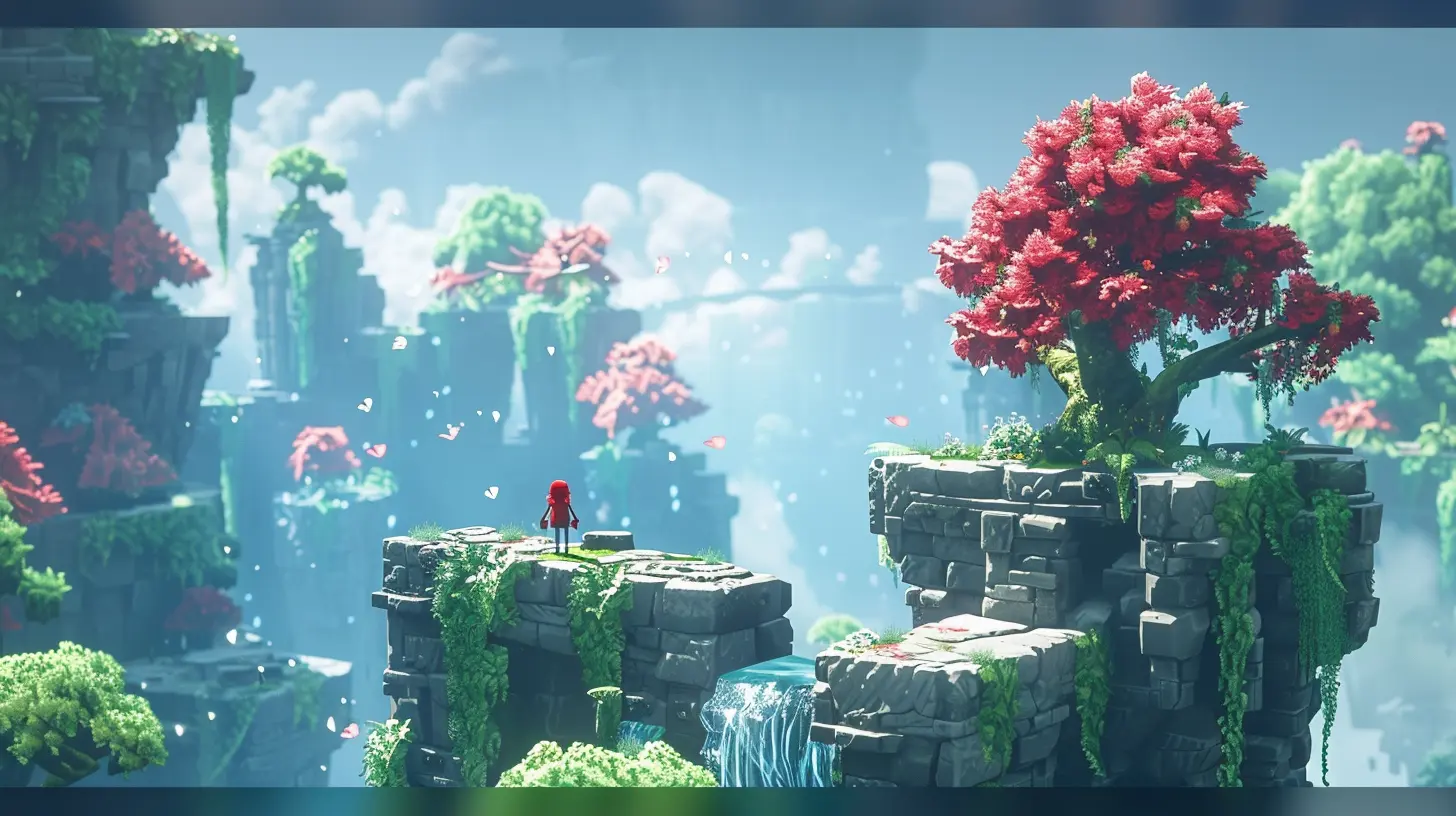
1. Braid (2008) – Time-Bending And Mind-Blowing
Before Braid, the indie game scene felt like a cool underground club. After Braid? Everyone wanted in. This little gem by Jonathan Blow didn’t just offer gorgeous hand-painted visuals—it messed with time and your perception of storytelling in games.The central mechanic—rewinding time—wasn’t just a gimmick. It was woven into puzzles, narrative, and gameplay in a deeply connected way. Think of it as Mario meets Inception.
But what really made Braid revolutionary was how it respected the player's intelligence. It didn’t spoon-feed. It gave you tools, then said “figure it out.” That was new… and refreshing.
Braid became a flagship for serious indie development. It proved that independent games could be as deep and emotionally resonant as any major studio release.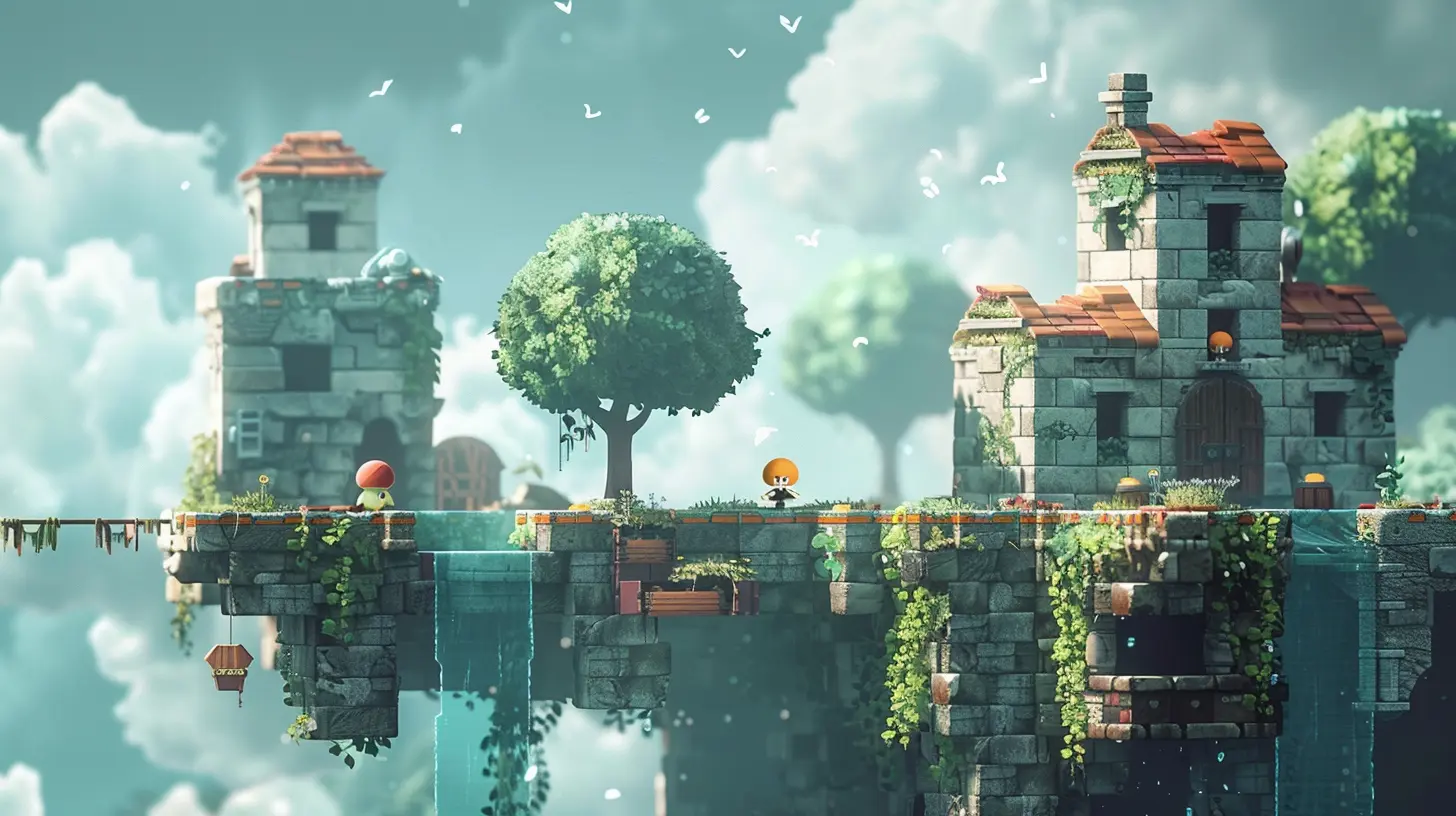
2. Super Meat Boy (2010) – Painfully Perfect Platforming
Oh, Super Meat Boy. If Braid was the poet of the indie scene, Super Meat Boy was the punk rocker, smashing through walls with a blood-splattered wink.Team Meat (Edmund McMillen and Tommy Refenes) didn’t just bring hardcore precision platforming back—they chucked it at your face at lightning speed. Meat Boy’s momentum-based movement, twitchy jumps, and instant respawns created a high-stakes, high-adrenaline experience that was frustrating in the best possible way.
It wasn’t just the gameplay either. The game oozed personality—from its irreverent humor to its nods to gaming history. And behind the scenes? The game’s development journey was featured in the documentary "Indie Game: The Movie", helping shape the public’s perception of indie development as a passionate, personal crusade.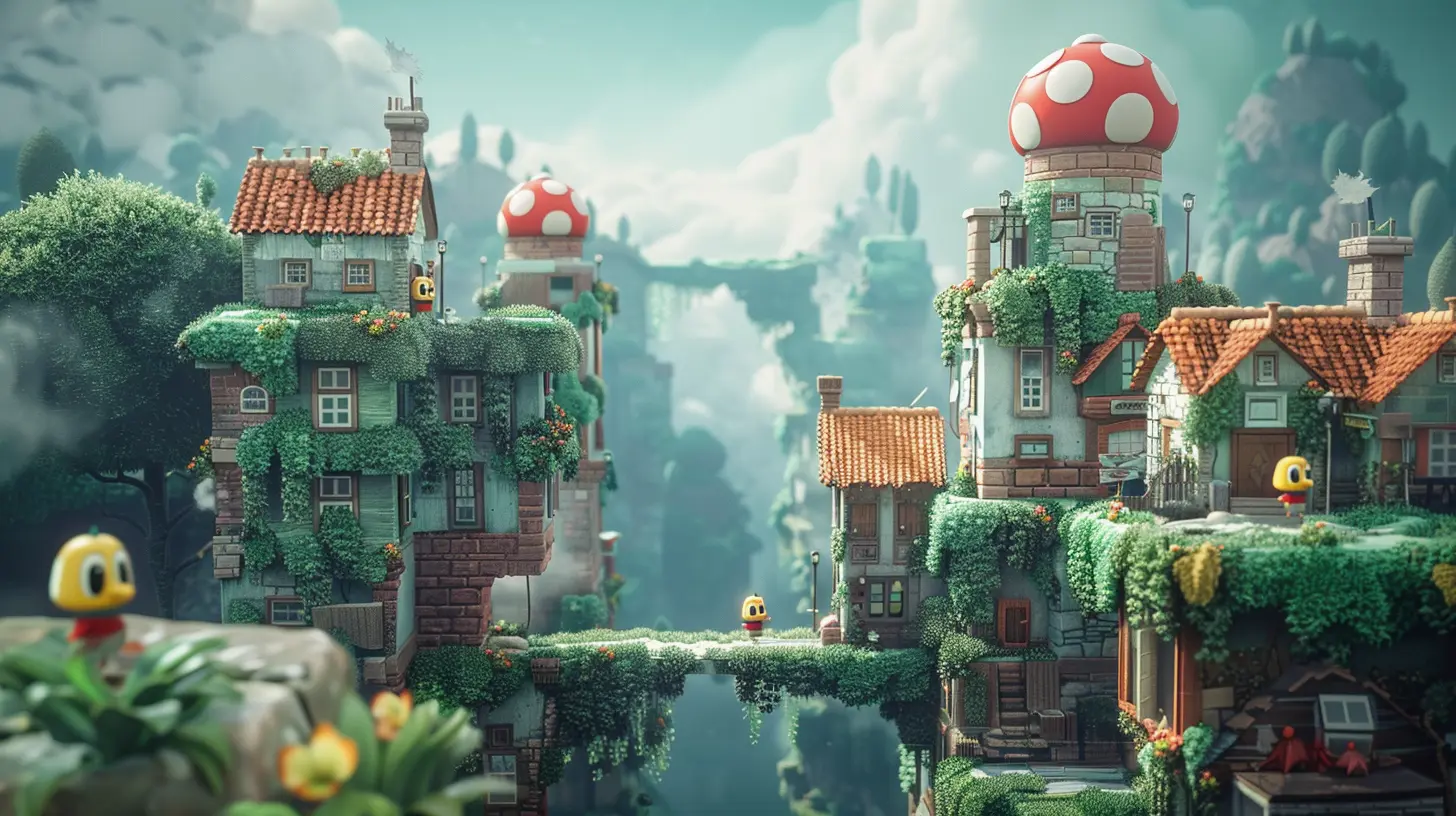
3. Fez (2012) – Dimensions Reimagined
Ever played a game that made you rethink how you look at a 2D world? Enter Fez, the brainchild of Phil Fish, a game that looked like a pixelated dream but played like a Rubik’s Cube.Fez introduced a simple yet groundbreaking mechanic: rotating the 2D world in 3D space. Suddenly, that simple jump became a head-scratching spatial puzzle. It was like trying to navigate a maze made of illusions. Genius.
But Fez also did something else—it showed how quirky, eccentric design and atmospheric storytelling could go hand-in-hand with bold mechanical innovation. Plus, its chill vibes and ambient soundtrack were a far cry from the intense action of most platformers—proof that indie games could be meditative and still deeply engaging.
4. Celeste (2018) – Difficulty With Heart
Let’s talk about Celeste. This isn’t just a game, it’s an experience. On the surface, you’ve got another pixel-art platformer with brutally hard levels, loaded with spikes and gravity-defying wall jumps.But dig deeper and you’ll find a rich and touching narrative about mental health, self-doubt, and perseverance. Made by Matt Makes Games, Celeste stood out because it married tough-as-nails gameplay with an emotionally honest story.
What struck players (and critics) was how climbing the mountain in-game mirrored protagonist Madeline’s own internal battles. Every death (and trust me, there were many) felt like a stepping stone toward growth—not just in-game but symbolically. That’s rare.
Celeste also nailed accessibility. From assist modes to speedrun-friendly features, it didn’t just challenge players—it welcomed them.
5. Hollow Knight (2017) – A Deep Dive Into Darkness
Imagine if Metroid and Dark Souls had a baby, and that baby was raised on Tim Burton movies. That’s Hollow Knight in a spooky, adorable nutshell.Developed by Team Cherry, this game took the “Metroidvania” formula and cranked it to eleven. Vast interconnected world? Check. Deep lore and environmental storytelling? Double check. Tight, satisfying combat? You bet.
What really set Hollow Knight apart, though, was its sheer scale. Packed with secrets, upgrades, and side paths, it felt like a handcrafted masterpiece. And all of this? Made by just three people.
This game redefined what players could expect from an indie platformer. It wasn’t just a fun 10-hour romp. It was a massive, evocative journey that could stand toe-to-toe with AAA titles—and often beat them at their own game.
6. Limbo (2010) – Darkness, Distilled
Limbo came out of nowhere and hit like a shadowy freight train. No dialogue, minimal UI, all black-and-white. Yet it was incredibly atmospheric and somehow deeply emotional.Playdead's debut title proved that less is more. Limbo was haunting, cryptic, and filled with puzzles that made you feel like you were solving riddles from a ghost.
Its visual style practically created its own genre: moody, minimalistic, and heavily stylized. It also helped push forward the concept of games as artistic experiences, something that early 2010s audiences were just beginning to embrace.
7. Ori and the Blind Forest (2015) – Beauty in Motion
Visually, Ori and the Blind Forest doesn’t just impress—it stuns. But it’s not just a pretty face. Moon Studios’ breakout hit is a masterclass in emotional storytelling, fluid mechanics, and immersive world design.Ori’s platforming isn’t brutally hard like Celeste or SMB, but it leans into grace. The movements are buttery-smooth, almost like dancing. Combine that with a touching narrative and a jaw-dropping score, and you’ve got a platformer that moves both fingers and hearts.
Ori helped re-establish that indie platformers can go head-to-head with big-budget games when it comes to narrative depth and presentation. It brought even more eyes to the indie scene and reminded players that stunning visuals do have a place in indie development.
8. Undertale (2015) – Subverting Everything
Okay, so Undertale isn’t a platformer in the traditional sense—but you can’t talk about indie game changers without mentioning it.Why? Because it blew up the rulebook. It mashed genres, made RPGs where nobody had to die, and threw in platformer-lite elements during boss fights. And it was all created by a single person—Toby Fox.
Its impact on the platforming genre? Massive. It inspired countless hybrid games and showed devs they could get weird, get philosophical, and still get success. Plus, it taught players that games could be funny, emotional, meta, AND mechanically clever—all at the same time.
The Lasting Legacy: What These Games Proved
Each of these platformers didn’t just entertain—they nudged the entire industry forward. They challenged assumptions, broke rules, and proved that creativity beats budget when you’ve got passion to spare.They also showed future indie devs that it’s okay to:
- Get personal (Celeste)
- Be weird (Fez, Undertale)
- Get artsy (Limbo)
- Be hardcore (Super Meat Boy)
Most importantly? These games inspired an entire generation. Just look at titles like Axiom Verge, Dead Cells, and Cuphead. Their DNA traces directly back to these genre-shifters.
Why Platformers Continue to Lead the Indie Charge
You’d think by now we’d be tired of jumping platforms and dodging spikes, right? Nope. If anything, the genre’s evolving more than ever.Today’s devs are blending genres, adding roguelikes, RPG elements, sandbox mechanics—you name it. But at their core? It's still about movement, challenge, and the joy of mastering a space.
And thanks to the games that came before, platformers are no longer just retro throwbacks. They’re innovative, emotional, and often revolutionary experiences.
Final Thoughts
The indie game landscape owes a lot to these platformers. They didn’t just climb platforms—they built them. Each jump, puzzle, emotion, and pixel came from a place of genuine creativity and often years of struggle.So here’s to the ones that changed everything. May your jumps be tight, your checkpoints generous, and your influence everlasting.
all images in this post were generated using AI tools
Category:
Platformer GamesAuthor:

Tayla Warner
Discussion
rate this article
3 comments
Patrick Wilkins
What a nostalgic trip! 🌟 Platformers have truly shaped the indie scene with their creativity and charm. Excited to relive those unforgettable moments and discover new gems! Keep the joy alive! 🎮✨
June 23, 2025 at 3:46 AM

Tayla Warner
Thank you! I'm glad you feel the nostalgia—platformers truly have a special place in the indie scene. Let's keep celebrating their creativity! 🎮✨
Edith McMillan
Indie gems that paved the way!
June 17, 2025 at 4:36 AM

Tayla Warner
Absolutely! These indie gems not only inspired developers but also showcased the potential of creativity in gaming. They truly reshaped the platformer genre!
Emmett McGrath
Great article! It's fascinating to see how these platformers have shaped the indie game landscape. Titles like "Celeste" and "Hollow Knight" not only pushed creative boundaries but also inspired a new generation of developers. I'd love to hear your thoughts on upcoming platformers that could follow in their footsteps!
June 14, 2025 at 2:46 AM

Tayla Warner
Thank you! I completely agree—platformers like "Celeste" and "Hollow Knight" have indeed reshaped the indie scene. Keep an eye on titles like "Axiom Verge 2" and "Grime"; they show great potential to inspire the next wave of developers!


